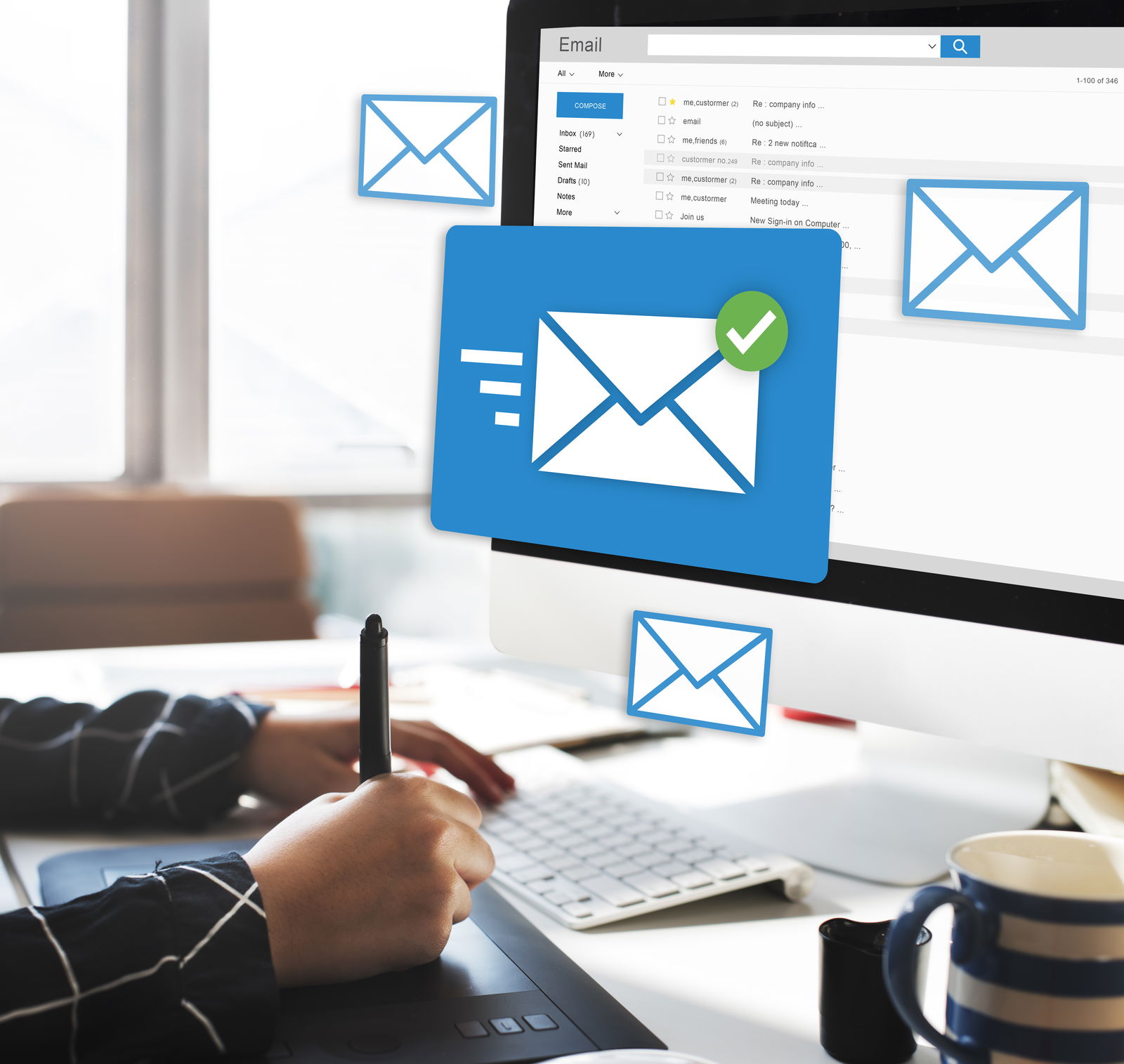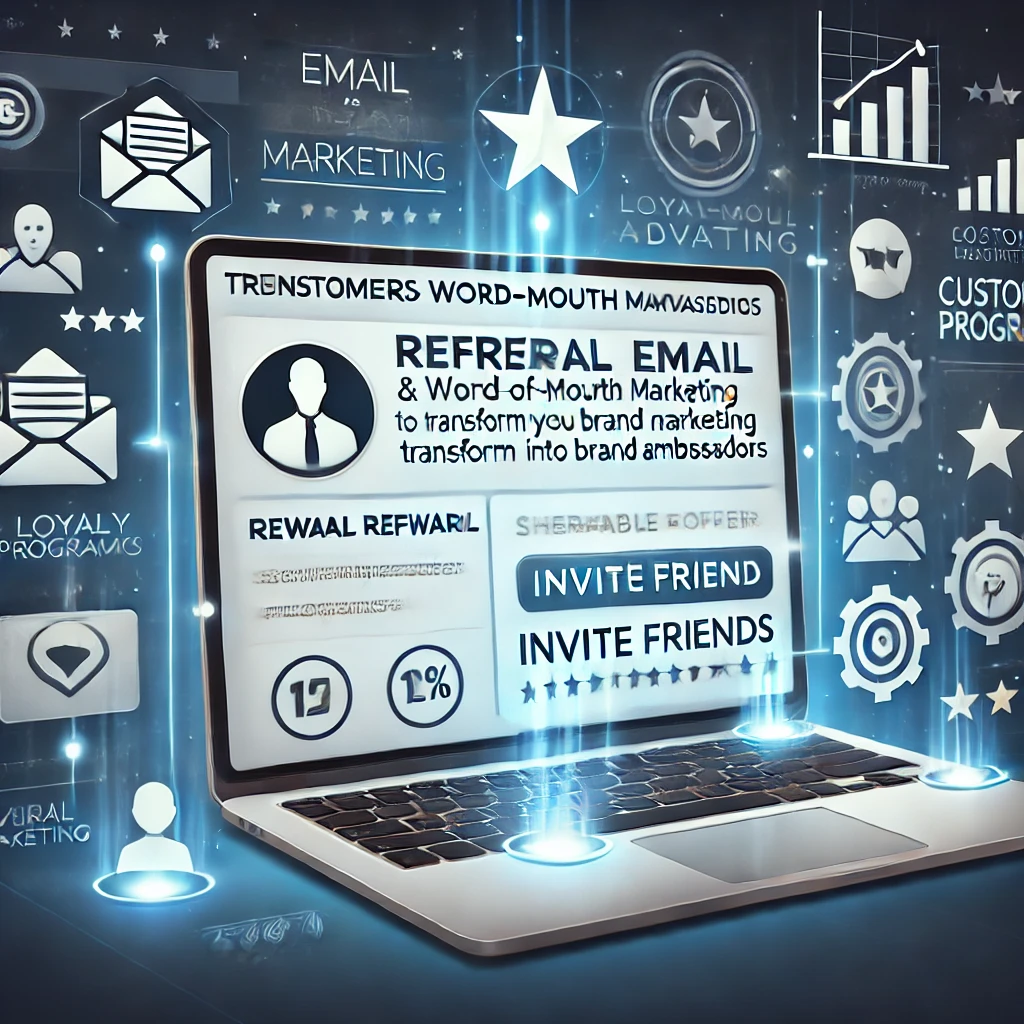Email Marketing Strategy: How to Build an Effective Communication Funnel
Learn the fundamentals of email marketing and how to create an automated funnel that guides users from awareness to conversion.
Bertagnolli Enrico

Email marketing is one of the most effective tools for acquiring, converting, and retaining customers. However, sending emails without a structured strategy can lead to low open and conversion rates.
A well-built email marketing funnel allows you to:
- Guide users through the customer journey.
- Segment your audience to maximize message relevance.
- Automate communications to optimize time and conversions.
- Improve retention and reduce customer churn.
Let’s see how to create an effective email marketing funnel.
1. The Stages of the Email Marketing Funnel
An email marketing funnel follows the natural path of the customer, divided into several stages:
- Acquisition: The user joins the email list through sign-up, a lead magnet, or a purchase.
- Nurturing: A series of educational emails to build trust and engagement.
- Conversion: Sending offers and incentives to turn subscribers into customers.
- Retention: Follow-up and support emails to keep the relationship active.
2. Building the Initial Email Sequence
The first contact is crucial to establish a connection with your audience. Here’s an example of an initial sequence:
- Welcome Email: Introduce your brand and outline what subscribers can expect from your communications.
- Value Email: Provide educational content to build trust.
- Engagement Email: Invite interaction with your brand (social media, webinars, community).
- Conversion Email: Present an exclusive offer to stimulate a purchase.
This sequence ensures that users do not receive promotional emails too early, thus maintaining their interest.
3. Segmentation and Personalization
Not all users are the same, so it is essential to segment your audience to send relevant content.
Here are some segmentation criteria:
- New subscribers vs. regular customers: Different messages for users at different stages of the journey.
- Interests and behaviors: Segment based on viewed or purchased products.
- Level of engagement: Highly active users receive special offers, while inactive users get re-engagement emails.
Using dynamic personalization (user’s name, recommended products, exclusive offers) increases open and conversion rates.
4. Automation and Optimization of Emails
Automating emails allows you to send the right messages at the right time without having to write them manually every time.
Tools like ActiveCampaign, Klaviyo, and HubSpot enable you to create advanced automations based on specific triggers:
- Automatic welcome emails after sign-up.
- Post-purchase or cart abandonment emails.
- Follow-up emails after a set period of inactivity.
- Anniversary or birthday emails with special discounts.
5. Analyzing and Optimizing the Funnel
To continuously improve email campaigns, it is essential to monitor key metrics:
- Open rate: Measures initial engagement.
- Click-through rate: Indicates interest in the content.
- Conversion rate: Verifies the success of sales emails.
- Unsubscribe rate: Signals if emails are too intrusive.
Through A/B testing on subject lines, content, and calls-to-action, you can continuously improve campaign performance.
Conclusion
A well-structured email marketing funnel transforms subscribers into loyal customers. Segmentation, personalization, and automation are the key ingredients for an effective system.
In our next article, we will discuss welcome emails, the first step to establishing a strong relationship with your audience.

